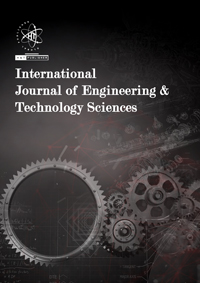


Authors
This work compiles a series of investigations on the use of nanosilica (NS) as an additive in concrete, evaluating its impact on mechanical properties, durability, workability and sustainability. The studies consider the incorporation of NS in various proportions (0.4%-3%) and its combination with other additives such as microsilica and superplasticizers, using methodologies based on international standards (ACI, ASTM). The results show that NS significantly increases compressive strength (up to 56.92%) and flexural strength, improves impermeability and durability against aggressive environments, such as coastal and sulfated areas, by reducing the porosity of concrete. It is also observed that it optimizes workability in fresh mixtures, being ideal for self-compacting concretes. However, proportions above 1.5% can have adverse effects on cohesion and mechanical behavior. In terms of sustainability, the use of NS makes it possible to reduce the amount of cement needed, decreasing the carbon footprint of the material, and is considered economically viable in projects that prioritize durability and high resistance.